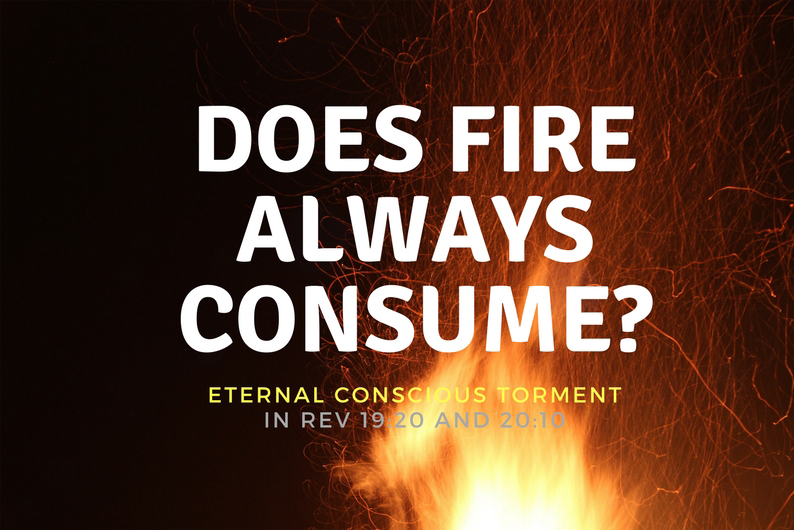The unhappy flipside of the promise of life is that if you do not believe in Jesus, you will perish (John 3:16). In fact, Jesus said unbelievers are condemned already (John 3:16, 18).
Traditionally, that is known as “going to hell.”
Most of what we think concerning hell comes to us from Roman Catholic art more than anything else—works such as Dante’s epic poem, The Divine Comedy or the endless paintings and frescoes of black-winged ghouls torturing people in flames of fire.
Hell needs serious re-examination. As good Bereans, we should evaluate these traditions in light of Scripture and be willing to discard them if they don’t pass the test.
The traditional view of hell has come to be known as ECT (eternal conscious torment).
The two biggest alternatives are Annihilationism (or Conditionalism) and Universalism. Annihilationism says that the unsaved disappear. Universalists say there will be no unsaved people; eventually, everyone will be reconciled to God.
It’s safe to say the majority of Free Grace people hold to ECT. So do I. It has its problems and needs certain revisions (see Bob’s article here and chap. 6 of The Ten Most Misunderstood Words), but I still believe it is essentially correct.
I have heard rumors, but do not personally know for a fact, that some Free Grace people have adopted Universalism. And I know for a fact that a few have adopted Annihilationism.
I’ve been examining all these options (and some more). They all have good arguments. They all have bad arguments.
Let me give one reason why I believe in ECT.
According to Annihilationism, the Biblical imagery of fire means that it consumes whatever it burns. In fact, the major book defending Annihilationism is called The Fire that Consumes. On that view, the fires of hell burn the unsaved out of existence.
By contrast, ECT says the lake of fire torments without consuming the people in it. But what Biblical evidence would lead to that conclusion?
Compare Rev 19:20 and Rev 20:10.
In Rev 19:20, the Battle of Armageddon has just ended. Jesus has defeated the Antichrist (i.e., the beast) and his armies. We then find out what happens to the Antichrist and the False Prophet:
Then the beast was captured and with him the false prophet who worked signs in his presence, by which he deceived those who received the mark of the beast and those who worshiped his image. These two were cast alive into the lake of fire burning with brimstone (Rev 19:20).
Into the lake of fire they go.
Now, what should happen to them if Annihilationism is true? The fire should consume them. It should burn them out of existence.
And what should happen if ECT is true? The fire should not consume them. They should continue existing in it.
Which view is right?
You find out in Rev 20:10.
After the Antichrist and False Prophet are defeated, the Millennial Kingdom will begin. Jesus will reign with his saints for a thousand years (Rev 20:4). After the thousand years end the Great White Throne Judgment will occur. At that time, Satan himself will be thrown into the lake of fire. And guess who is still there?
The devil, who deceived them, was cast into the lake of fire and brimstone where the beast and the false prophet are. And they will be tormented day and night forever and ever (Rev 20:10).
One thousand years later, the beast and the false prophet are still in the fire. It did not consume them. And, apparently, it never will. The fire will torment them “forever and ever.”
I know these two verses taken by themselves do not settle the issue of the nature of hell (or better, the lake of fire). By itself, it does not disprove annihilationism or prove ECT. I am still investigating. But I take this as strong evidence for the ECT position, against the other options.


